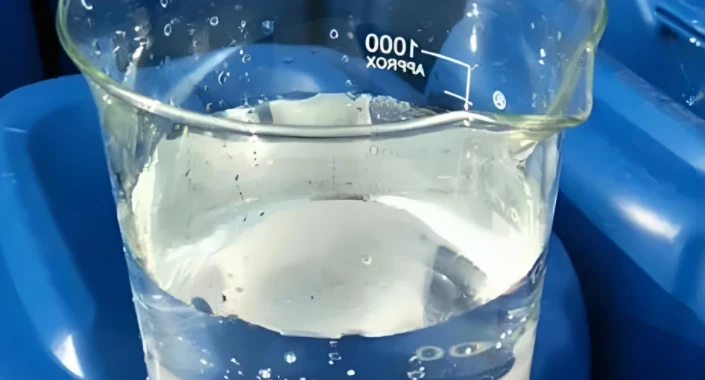



soap making caustic soda
The Art of Soap Making with Caustic Soda
Soap making is an age-old craft that has evolved over centuries, providing not only a means to cleanse but also a way to express creativity and sustainability. One key ingredient in traditional soap making is caustic soda, or sodium hydroxide, which plays a pivotal role in the saponification process. In this article, we will explore the basics of soap making with caustic soda, its benefits, and essential safety measures to ensure a successful and enjoyable soap-making experience.
Understanding Saponification
Saponification is the chemical reaction that occurs when fats or oils are combined with an alkali, resulting in soap and glycerin. Caustic soda is a powerful alkali that can turn various fats and oils into high-quality soap. When mixed in the correct proportions, caustic soda reacts with the triglycerides in fats, leading to the formation of soap molecules.
Ingredients and Equipment
To begin soap making with caustic soda, you will need the following basic ingredients
1. Fats and Oils Common choices include olive oil, coconut oil, palm oil, and shea butter. Each oil contributes different properties to the soap. 2. Caustic Soda (Sodium Hydroxide) This is essential for the saponification process. It is crucial to measure it accurately for successful soap formation.
3. Water Distilled water is preferred for dissolving caustic soda, as it helps prevent impurities in your soap.
4. Essential Oils and Additives (optional) Natural fragrances, colorants, and exfoliants can be added to enhance the soap's appeal.
5. Equipment You will need a digital scale, mixing bowls, a stick blender, a thermometer, a soap mold, and safety gear including gloves and goggles.
Safety First
Working with caustic soda requires strict adherence to safety protocols. It is highly corrosive and can cause severe burns if it comes into contact with skin or eyes. Always wear protective gear and work in a well-ventilated area. When handling caustic soda, be sure to follow these guidelines
1. Always add caustic soda to water, never the reverse. This prevents a violent reaction and minimizes the release of heat.
2. Use a stainless steel or glass container for mixing, as caustic soda can react with certain plastics.
soap making caustic soda

3. Keep children and pets away from your work area to avoid accidents.
The Soap Making Process
Now that we understand the safety precautions and necessary ingredients, let's delve into the step-by-step process of soap making.
1. Prepare the Workspace Ensure all your equipment is clean and organized. Put on your safety gear.
2. Measure Ingredients Weigh your fats and oils, as well as the caustic soda and water (the exact quantities can be found in soap-making calculators available online).
3. Mix Lye Solution Carefully add caustic soda to the distilled water while stirring slowly. This mixture will heat up and produce fumes, so be cautious and allow it to cool in a safe area.
4. Melt the Oils Heat your solid oils (if any) and combine them with the liquid oils until fully melted.
5. Combine Lye and Oils Once both the lye solution and oils have cooled to about the same temperature (between 95°F and 105°F), slowly pour the lye solution into the oils. Blend with a stick blender until trace is achieved—this is the point where the mixture thickens and leaves a trail on the surface.
6. Add Fragrances and Colorants At trace, incorporate any essential oils, colorants, or additives.
7. Pour into Molds Transfer the soap mixture into prepared molds, smoothing out the top if desired.
8. Cure the Soap Allow the soap to sit in the molds for 24 to 48 hours until it hardens. Once firm, unmold the soap and cut it into bars. The soap will need to cure for 4 to 6 weeks before it is safe to use.
Conclusion
Soap making with caustic soda is not only a rewarding hobby but also a way to create personalized and eco-friendly products. By understanding the saponification process and adhering to safety precautions, you can enjoy the creativity and satisfaction that comes with crafting your own soap. Whether you are making soap for personal use or as gifts for loved ones, the experience is sure to enrich your appreciation for this timeless craft. Happy soap making!
-
Why Sodium Persulfate Is Everywhere NowNewsJul.07,2025
-
Why Polyacrylamide Is in High DemandNewsJul.07,2025
-
Understanding Paint Chemicals and Their ApplicationsNewsJul.07,2025
-
Smart Use Of Mining ChemicalsNewsJul.07,2025
-
Practical Uses of Potassium MonopersulfateNewsJul.07,2025
-
Agrochemicals In Real FarmingNewsJul.07,2025
-
Sodium Chlorite Hot UsesNewsJul.01,2025










